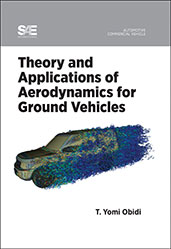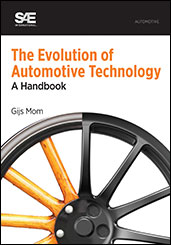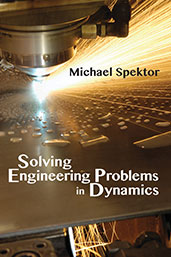Book

What Engineers and Managers Need to Know About Human Factors
2003-04-25
This book provides an introduction to the role, value, scope and the unique contributions the field of human factors can bring to the design process for all products. Aimed at the engineer and manager with no formal training in the life and social sciences, it is not intended to train the methods of human factors, but rather to provide knowledge that will enable engineers and managers to determine if including human factors in the planning and execution of product design is justified. Chapters include: Reasons Engineers Provide for Limiting Emphasis on Human Factors The Academic Disciplines Supporting Human Factors Human Factors Engineering and more



















